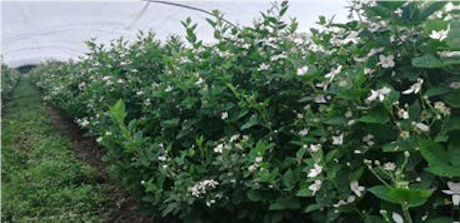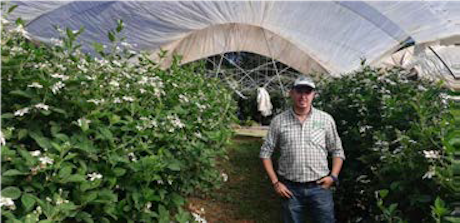20 years ago when people thought about Mazamitla, they would think about a tourist town in the mountains of Jalisco. A town with cabins that smelled of wood and had smoky chimneys, where blackberries grew wild and were almost unknown, except when tourists tried them in the ice cream slushes that were sold at the plaza. These fruits were hardly exploited at all back then. Mazamitla, which is nowadays recognized and certified as one of Mexico's Magical Towns, is the setting where two city families started cultivating agave a couple of years ago in the Tequila hills.

Now, Mazamitla is an important berry production hub in Jalisco. It has hundreds of hectares of raspberry, blueberry, and blackberry, and the sector employs thousands of people, not only from Mazamitla but also from its surroundings. 22 years ago, however, it wasn't easy for engineer Jose Reynaga, who is currently at the head of fruit farms, to be the first to produce and sell these fruits to one of the largest berry marketers in the world.

Jose Reynaga
Since then the various production tasks in the fields, which includes filtering and storing more than one million liters of water from wells in containers, manually planting the fields, tutoring, defoliating, pruning, and fertilization activities, amount to more than 32 thousand work days per year.
After 20 years of development, Mazamitla displays its berry production in every corner of the town. Tourists can find raspberries, blueberries, and fresh blackberries, in punches and preserves, and there are even tours to learn about the production of these crops in the farms, and to taste red wine, jam, or beer. This production attracts tourists who spend money, helping the community to find more economic possibilities to continue its development.
